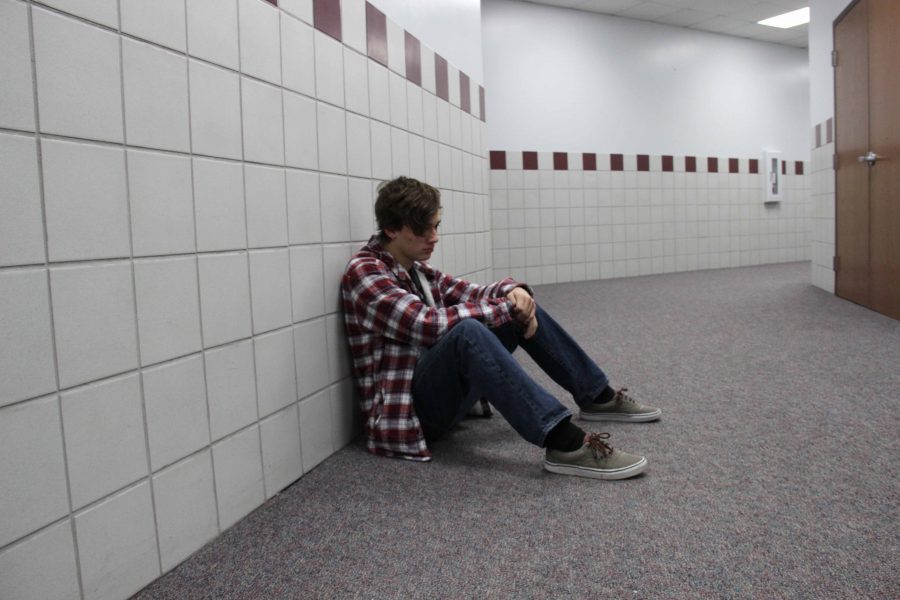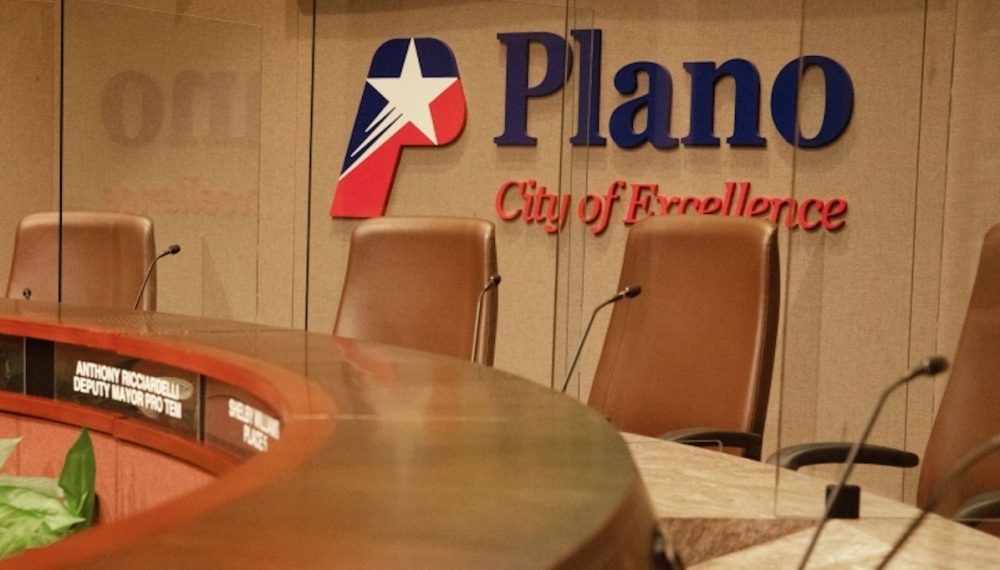Talking about teenage mental health
December 9, 2016
How to help teens cope with the loss of peers was the topic discussed at the forum hosted by the Grant Halliburton Foundation due to recent deaths in the student body.
“If you only take one tool from this session, it should be conversation,” Vanita Halliburton, president and co-founder of the Grant Halliburton Foundation, said.
Halliburton created the organization in honor of her son, Grant, who committed suicide in 2006 after graduating from Plano West Senior High. She constantly stressed the idea that despite the fact that one in six people diagnosed with bipolar 1, a mental illness which her son had been diagnosed with, commit suicide, she never thought that would be the case for her son.
After the death of her son, Halliburton said that his peers would come and visit for the two years following his passing.
“I still get emails from them. They can’t fathom losing someone their own age. They don’t know why,” Halliburton said.
Halliburton, along with Sierra Sanchez, the senior program operator for the Grant Halliburton Foundation, and Dr. Kelly Jameson, a therapist and former teacher, worked together to present key concepts necessary to understanding how teens will react to grief in the form of loss.
“Teenagers don’t know how to handle that. Something that we are not taught is how to deal with loss,” Sanchez said.
Throughout the entire presentation, many pieces of advice were generalized in order for the information to be more applicable to more situations. However, Jameson stressed to parents the importance of contextualizing the information being given in terms of their own child.
“Listen to what we have to say in the context of your child. Grief styles match personality styles,” Jameson said.
She went on to explain that extroverted teens may be more willing to talk through their emotions and thoughts while introverted teens will most likely want to keep to themselves in times of grief. Since it is easier to gauge a teen that is dealing with their emotions verbally, Jameson said that parents need to keep a closer eye on their child if they tend to draw within themselves.
Despite the differences in coping mechanisms between teens of different personalities, Sanchez and Jameson said that because of the action oriented minds of teenagers, they will want to do something to either prevent the situation from reoccurring or perhaps create something in memory of their peer. In doing so, teens are not only being productive with their grief, but they are coming together with their peers.
“Teens want to feel connected in someway. They want to be a part of something bigger,” Sanchez said.
According to the Center for Disease Control (CDC) a teenager needs to have a connection to at least one family member. However, Halliburton warned against speaking to teens in ways that make them feel inferior. Specifically, she said to avoid statements with an agenda, such as asking if homework or chores were done.
Rather, parents should talk to their their kids in a way they would talk to other adults in the form of conversation. This way, teens develop a more comfortable and open relationship with their parents.
“They’ll come to you because they’re used to sharing with you,” Halliburton said. “I learned that the best conversations with my son were side by side while walking the dog.”
In order to aid in the process of engaging teenagers in conversation, supplemental questions were provided to help break the ice. Some questions included asking how they’d spend $1,000 or who they would want to narrate their life.
The supplement also included questions to help steer the conversation toward mental illness in the event that their teen was dealing with grief in an unhealthy manner, such as isolating themselves or having extreme changes in their mood. They recommended starting off with easy questions before directly asking if their teen was experiencing thoughts associated with depression or suicide.
“You have to ask the tough questions because you need to know the answer,” Halliburton said.
The CDC recently reported that suicide is the second leading cause of death in people ages 10-24, a demographic that used to consist of ages 15-24. Halliburton explained that this is due in part to the stigma surrounding mental illness.
She then went on to address the fact that no one would deal with a broken leg in the manner that most people deal with depression today, that no one would stare at a broken leg and say to check back in a couple of weeks to see if it heals itself on its own. She said that she would never set the bone herself because she’s not trained to do so, just as she would never know how to treat depression in a way that a professional would.
“Equating mental illness to any other medical condition is really important. We should know the signs of depression as well as we know the signs of an oncoming cold,” Halliburton said.
Some red flags for suicide include fixating on death, making a plan and giving up hope. According to the Grant Halliburton Foundation, eight out of 10 adolescents and children who commit suicide have given warning to a family member or friend. However, most adults are clueless when it comes to helping a teen cope with their mental state.
Jameson recommended taking teens to a therapist should any close adults or parents not be able to get through to the teen. She acknowledged the fact that most teens are resistant to visiting a therapist and opening up about their thoughts and said that it is best to ask the teen to only have to go once with no further obligation.
“Teens are told what to do a lot, but when you give them an invitation they feel like they have more control. They need a little control in their life,” Sanchez said.
In addition to offering methods to help parents connect and guide their teens, the presentation offered advice for teachers and administration. Sanchez noted that educators must learn the warning signs of mental illness since it is a subject that most are unfamiliar with.
“It’s hard to recognize something if you don’t know what you’re looking for. It’s the same for staff, administration, and teachers. Educate yourselves,” Sanchez said.
Teachers should also understand their role in a student’s life. Jameson said that teachers should be able to tell which students are comfortable with them and which aren’t.
“In every high school, there are the cool teachers. They need to use that to their advantage,” Jameson said. “Teachers, don’t try to be something you’re not.”
Teens themselves have options when it comes to helping their peers, too. Sanchez paralleled the idea of teens helping their friends in the terms of an airplane crash.
“You have to put on your oxygen mask before you can help everyone else. Teens need to take care of themselves to set an example for their peers,” Sanchez said.
Young adults have the option to aid their peers via social media as well. Platforms, such as Instagram and Facebook, now have the option to report users exhibiting tendencies of a depressed or suicidal state. Again, the best option for teens to help their friends, according to Halliburton, is to refer them to a professional.
The foundation provided multiple media outlets for teens to use themselves should they need a way to deal with mental illness on their own time. Some apps include Stop, Breathe, & Think, a meditation app, and Happify, an app specifically for depressive disorders.
For those without enough storage to download another app, the foundation printed a list of books that discuss grief in teens. More counseling and mental health resources can be found at www.HereForTexas.com.







